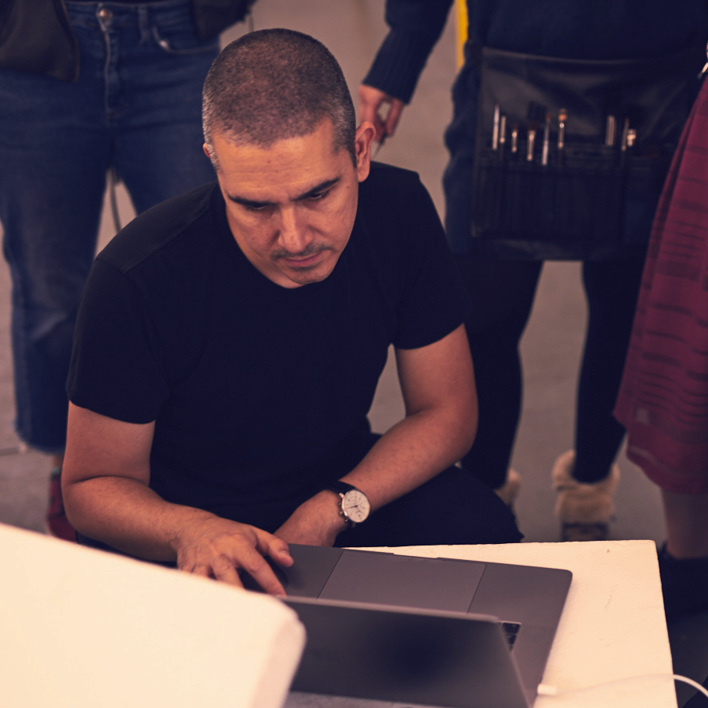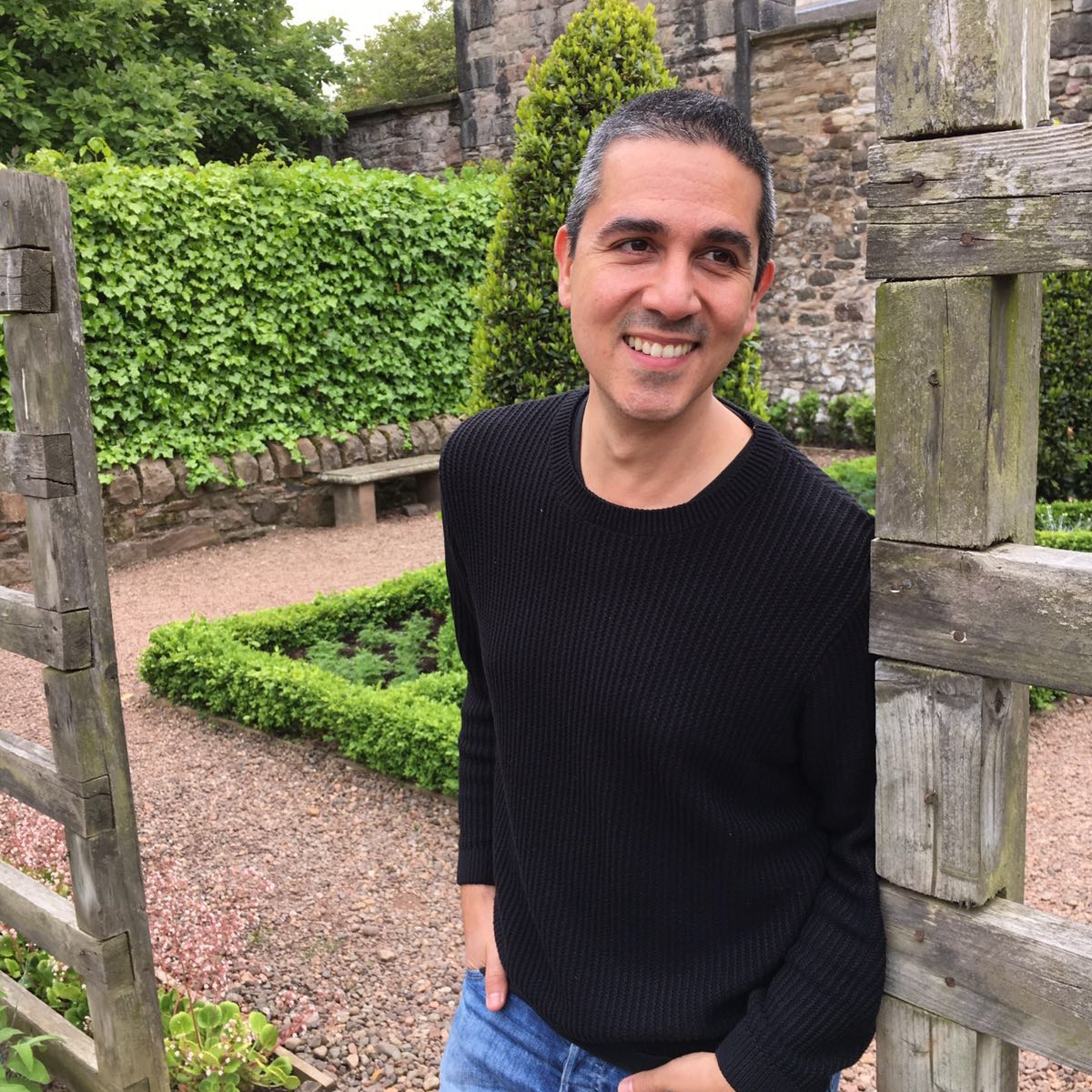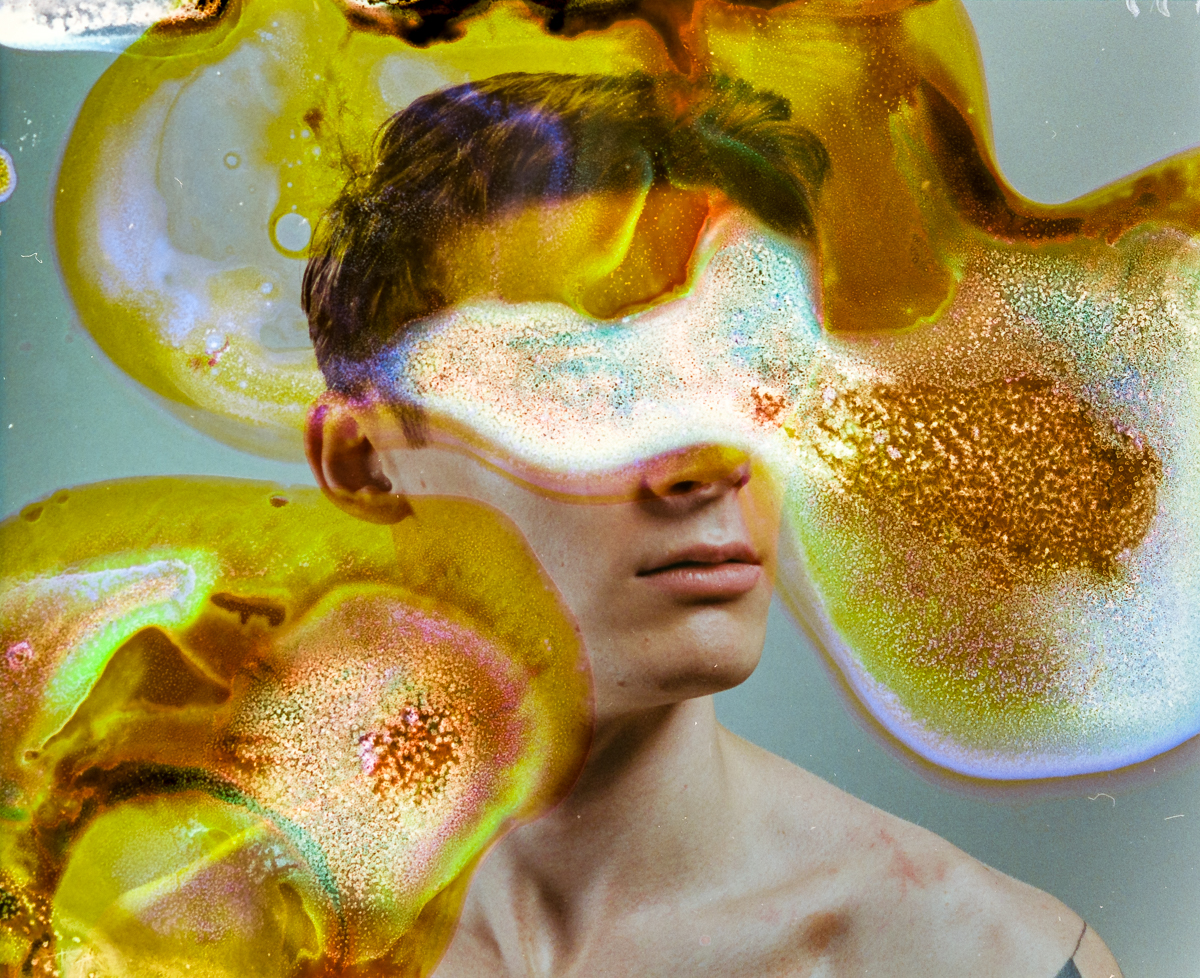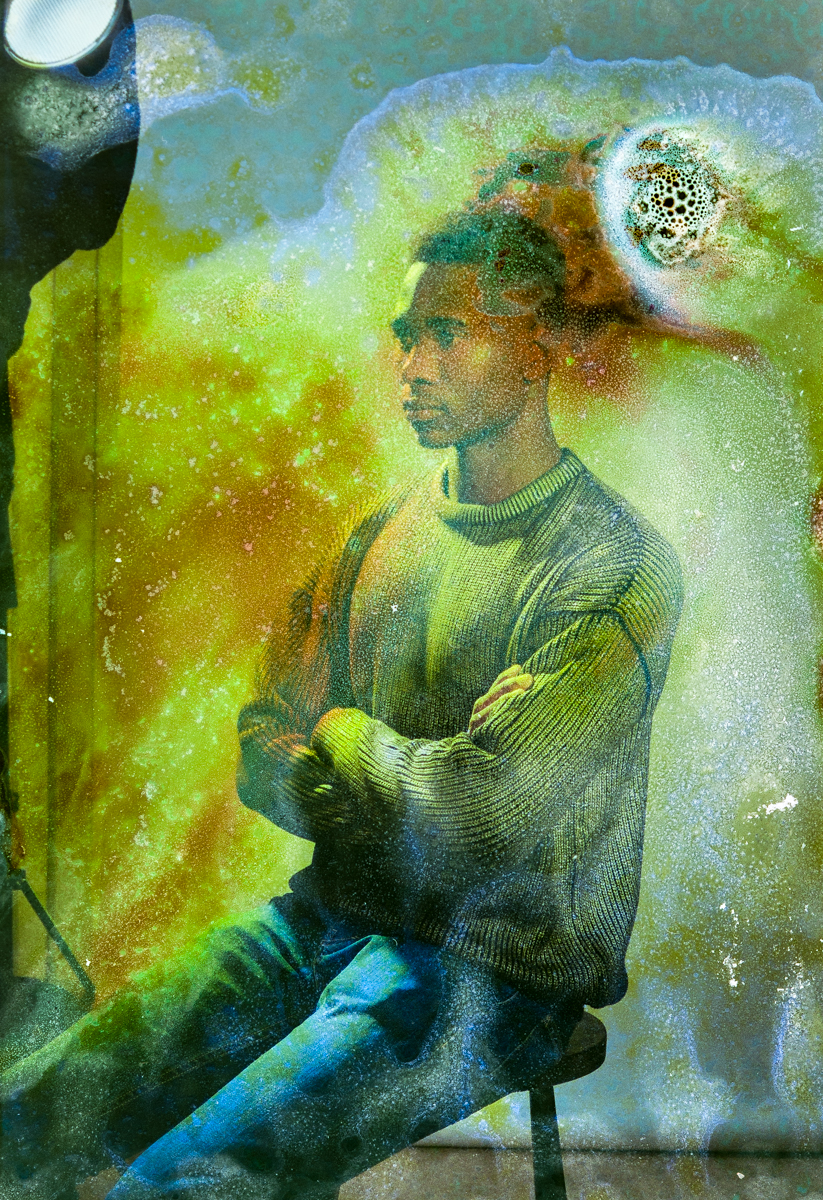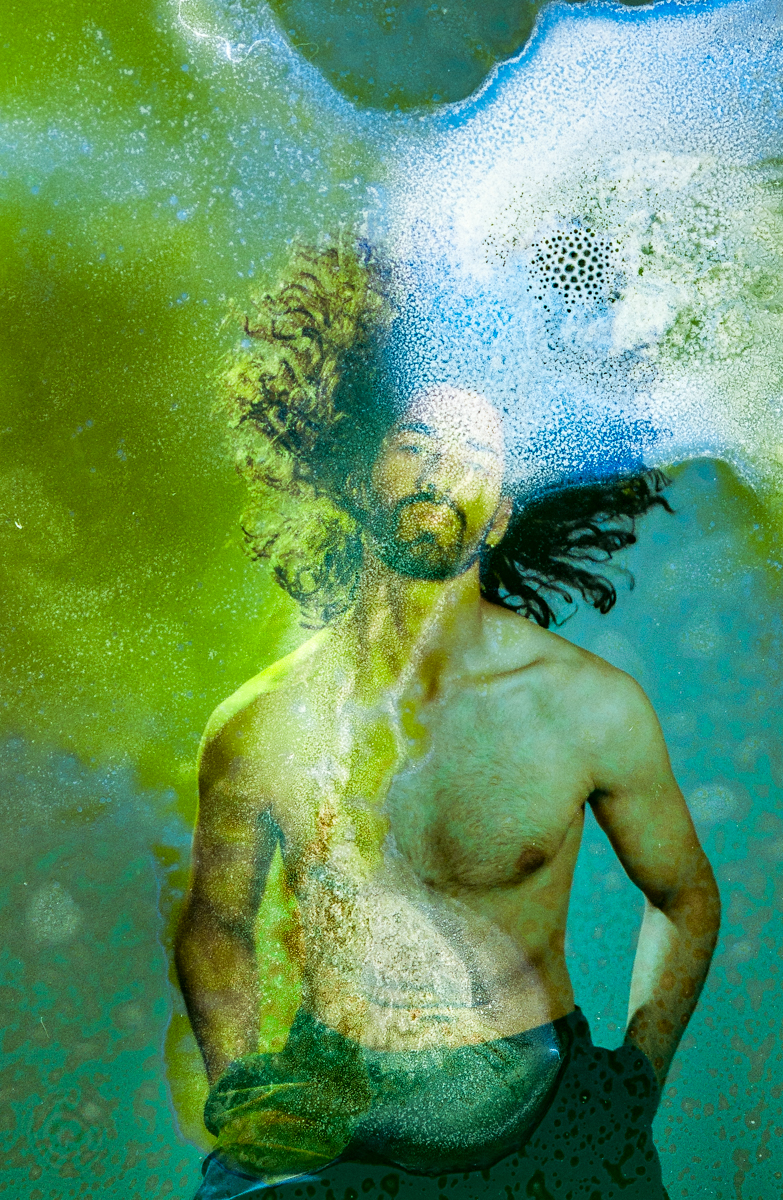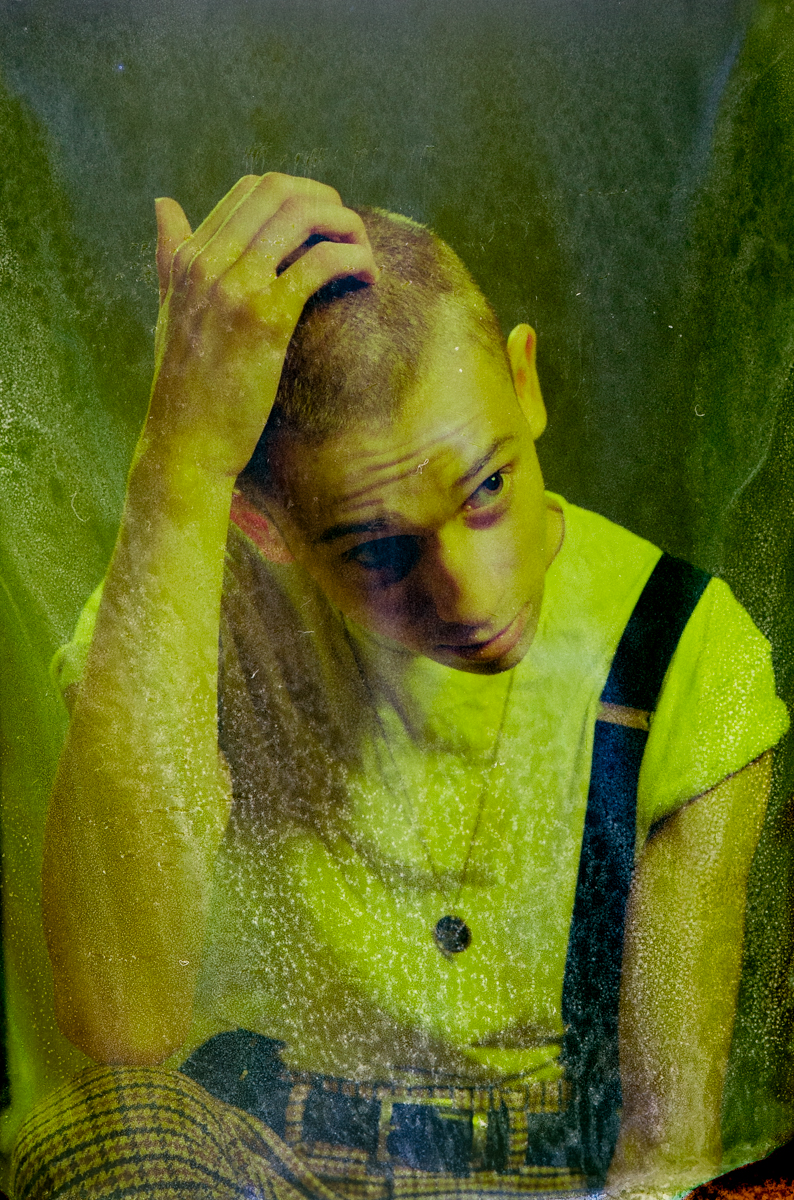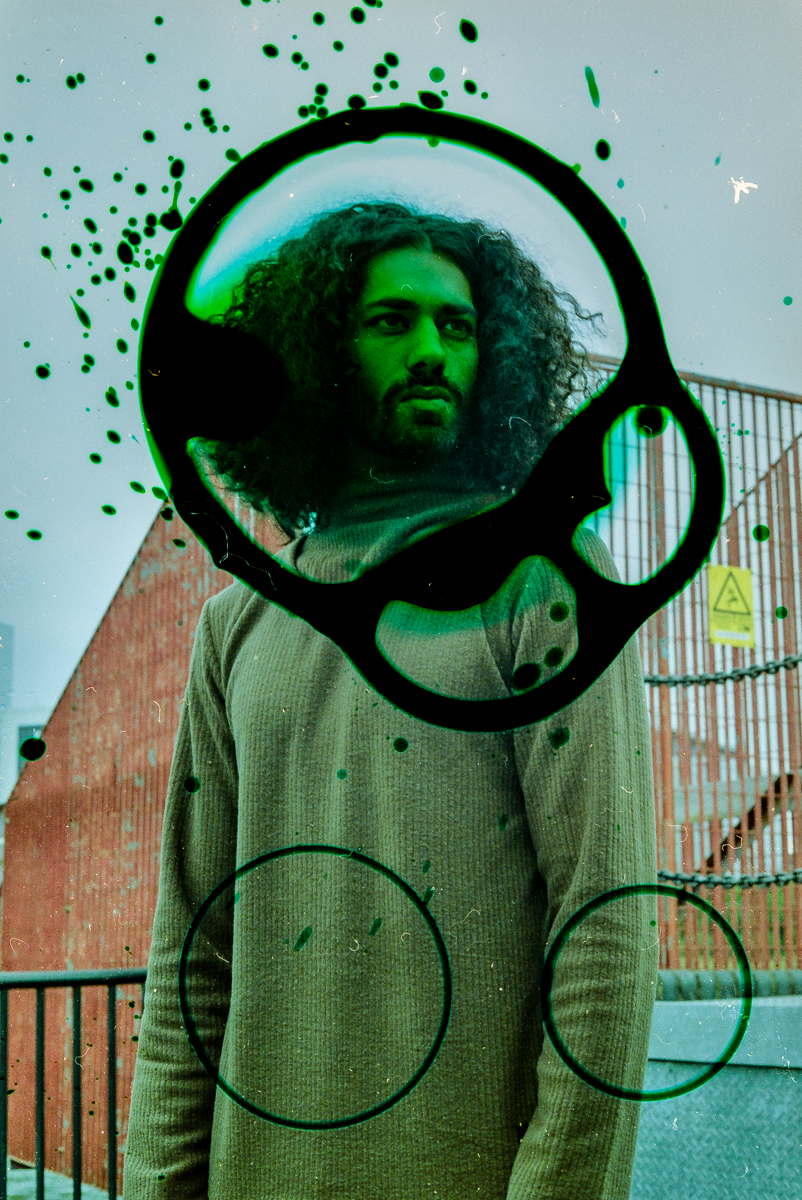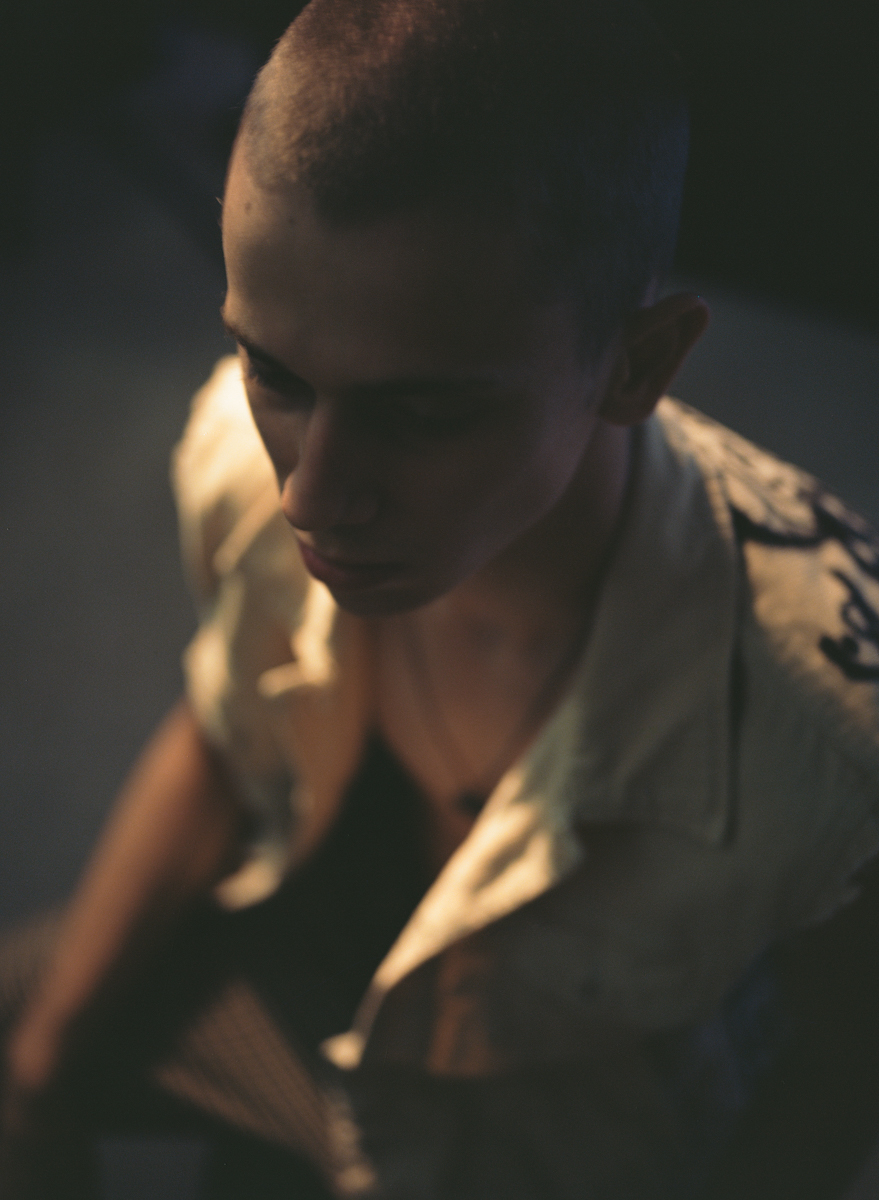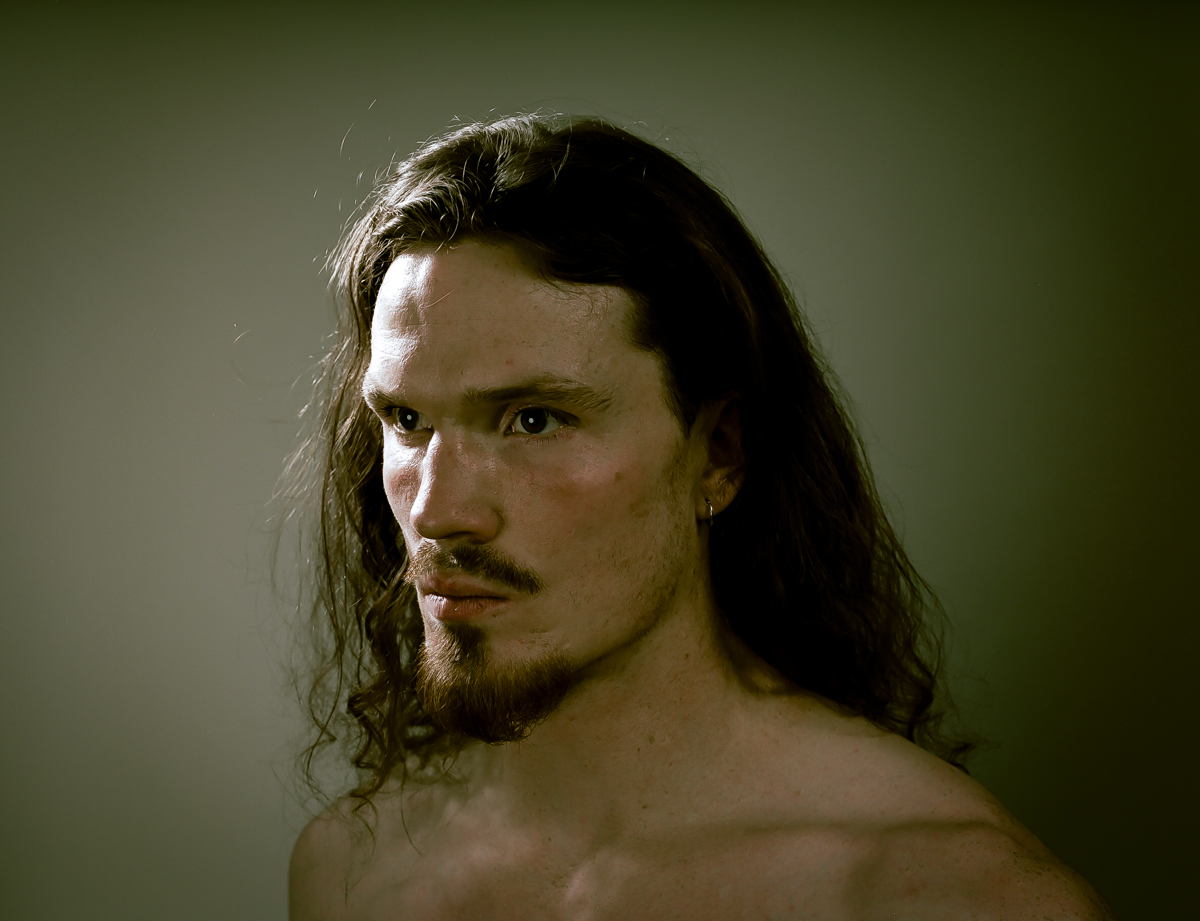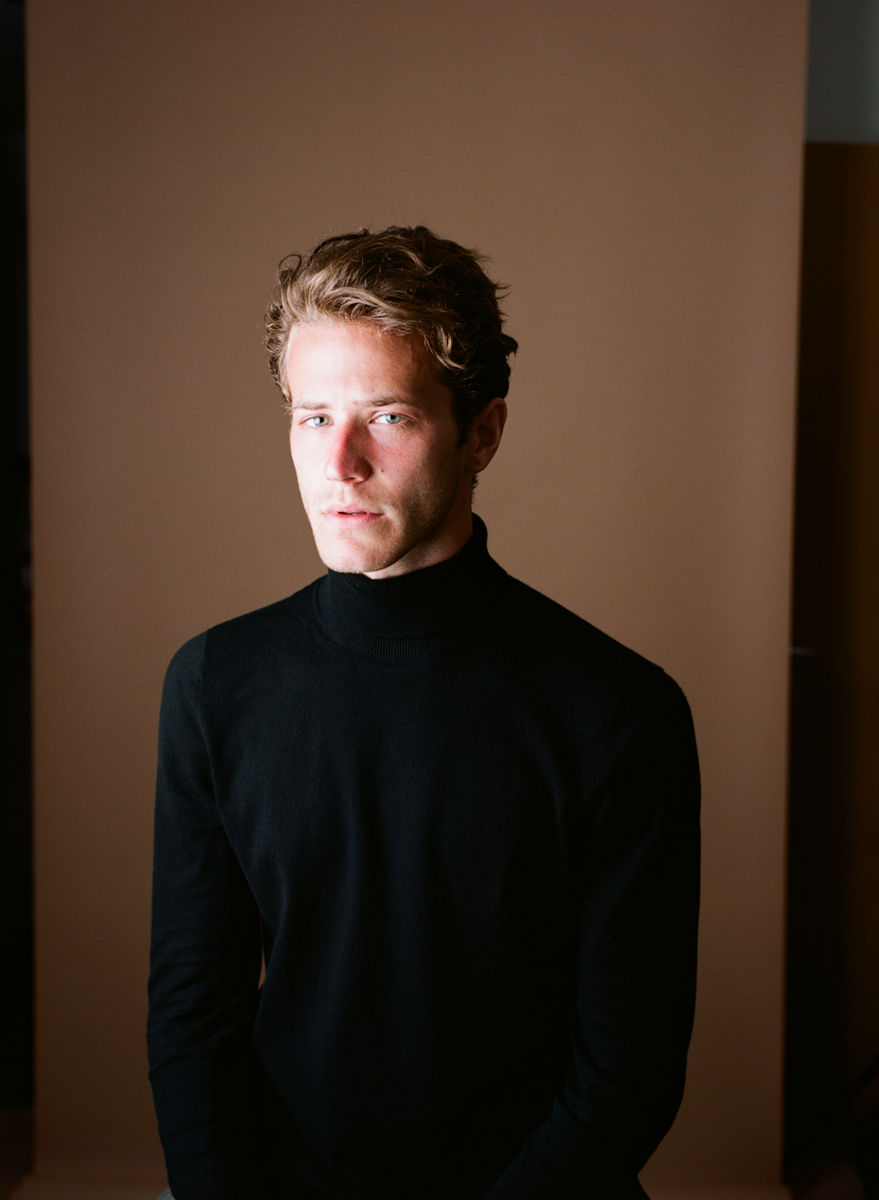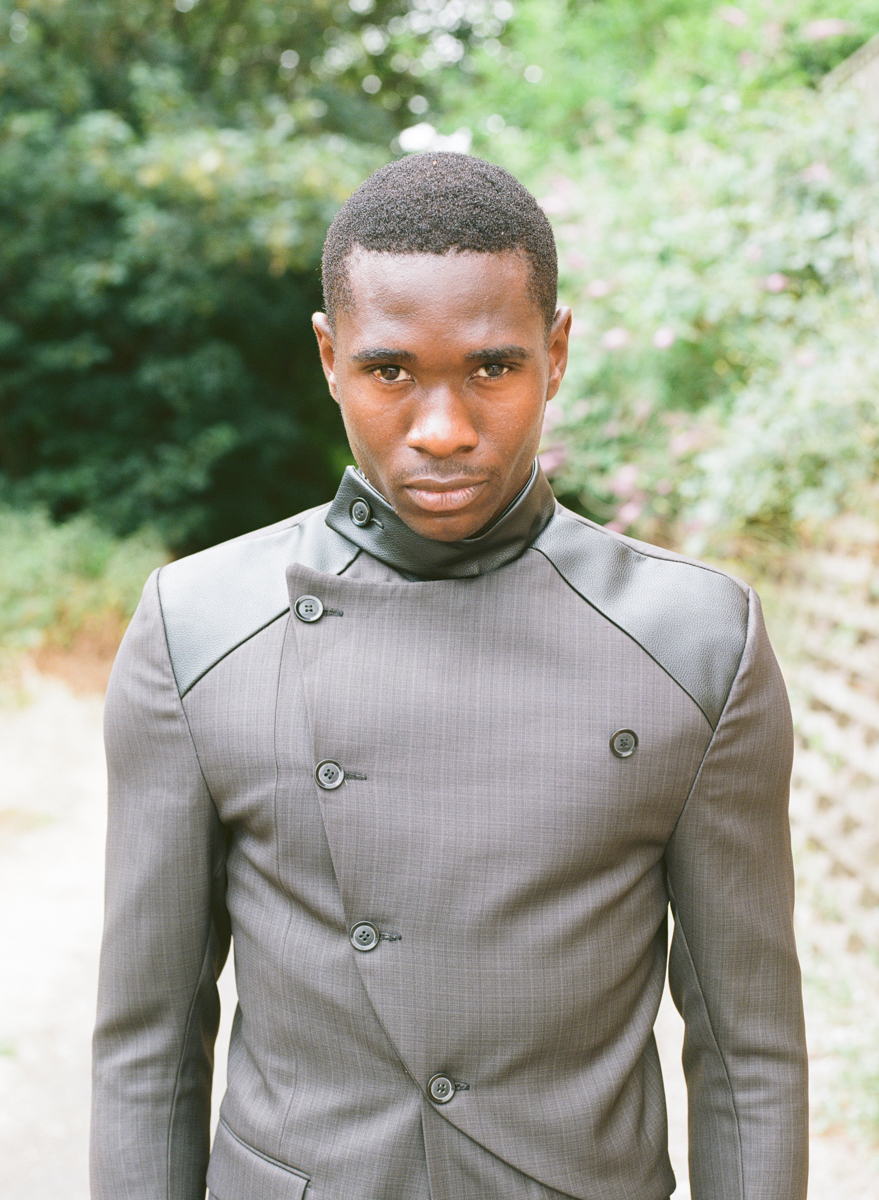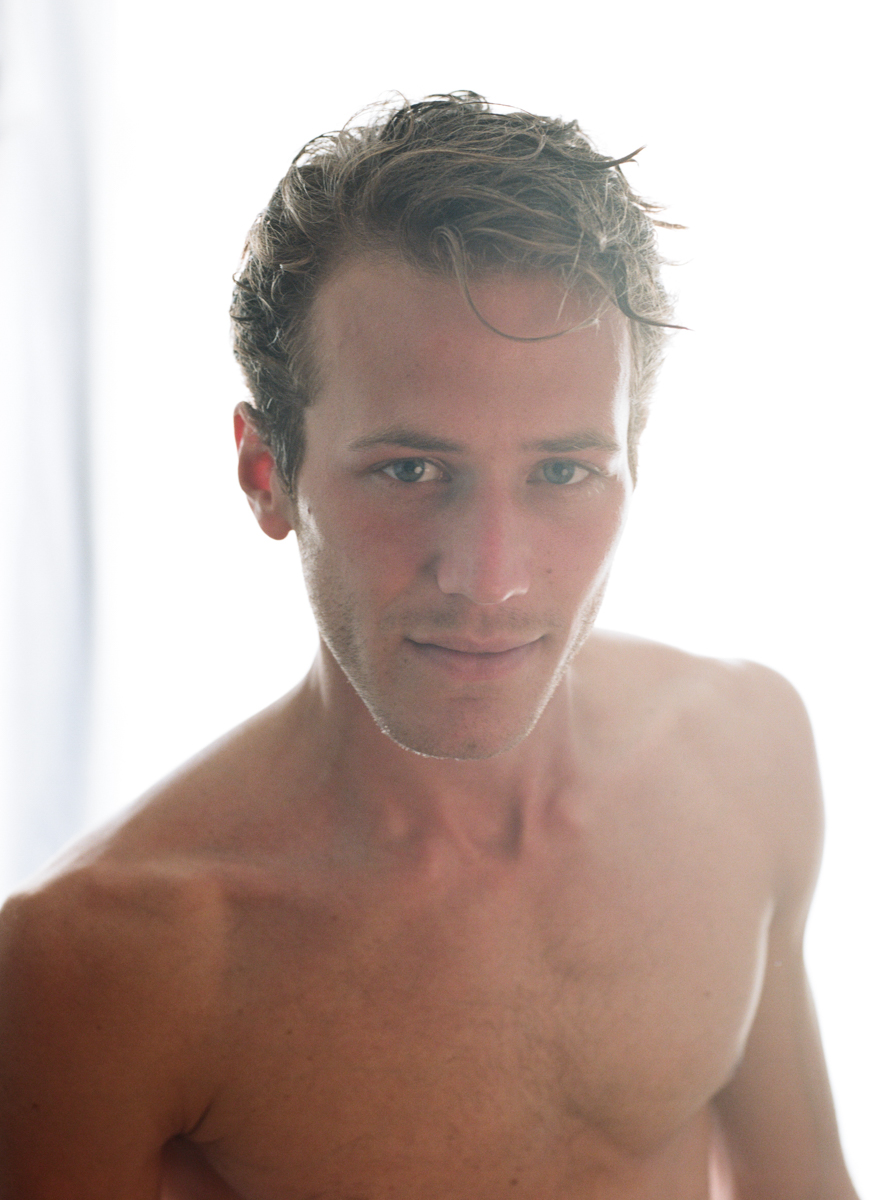I read on the news a while ago that Victoria Beckham borrowed money from her husband to keep her business alive. After reading the article, I thought to myself: why is this even news? Some people run their businesses as a side gig while keeping their day jobs to secure an income. Others, use their life savings or borrow money from family, friends or financial institutions. There is not just one right way to run a business, the same way that there is not only one path to success.
There are things that nobody tells you when you start your own business. Everyone gives you advice on taxes, cash flow or how to calculate your cost of doing business, but nobody tells you that when you become a freelancer, especially in the creative industries, there will be times when you won’t get paid-jobs or the jobs that you do get won’t even cover your expenses. Nobody tells you that it is perfectly fine, that it happens to everyone, that even big brands and big companies are drowning in debt and are struggling to make a profit in this economy.
We should talk more about this and give entrepreneurs a little break instead of forcing them to turn a profit before their business idea has even been put to the test. Last week, during a Pathways by The Trampery panel discussion, Tahlia Gray - founder of Sheer Chemistry - shared with us that one of the things that she wished she had been told when she started her brand was that there is no shame in taking on side gigs during the early stages of your business. You gotta do what you gotta do to keep the business running!
Sadly, we don’t hear stories of people starting businesses in their parents’ garages anymore or of people becoming successful after going bankrupt seven times. Those dreamers who persevered until they made it are not role models anymore. Now everyone has to turn a profit in less than two years or risk having their idea thrown in the rubbish bin.
For twenty years I worked in an industry that helped me live more than comfortably but made me feel like an outsider. It just wasn’t my cup of tea. Nowadays, I’m doing the job that I should have chosen for myself out of college, and I have never been happier in my life, even if at times it’s hard to make ends meet. I wouldn’t trade it for anything in the world. Success is feeling happy with what you do; the rest is secondary.
Photo credit: behind the scenes taken by Emma Steventon.
Do you like what you just read? Subscribe to my weekly blog posts here!






